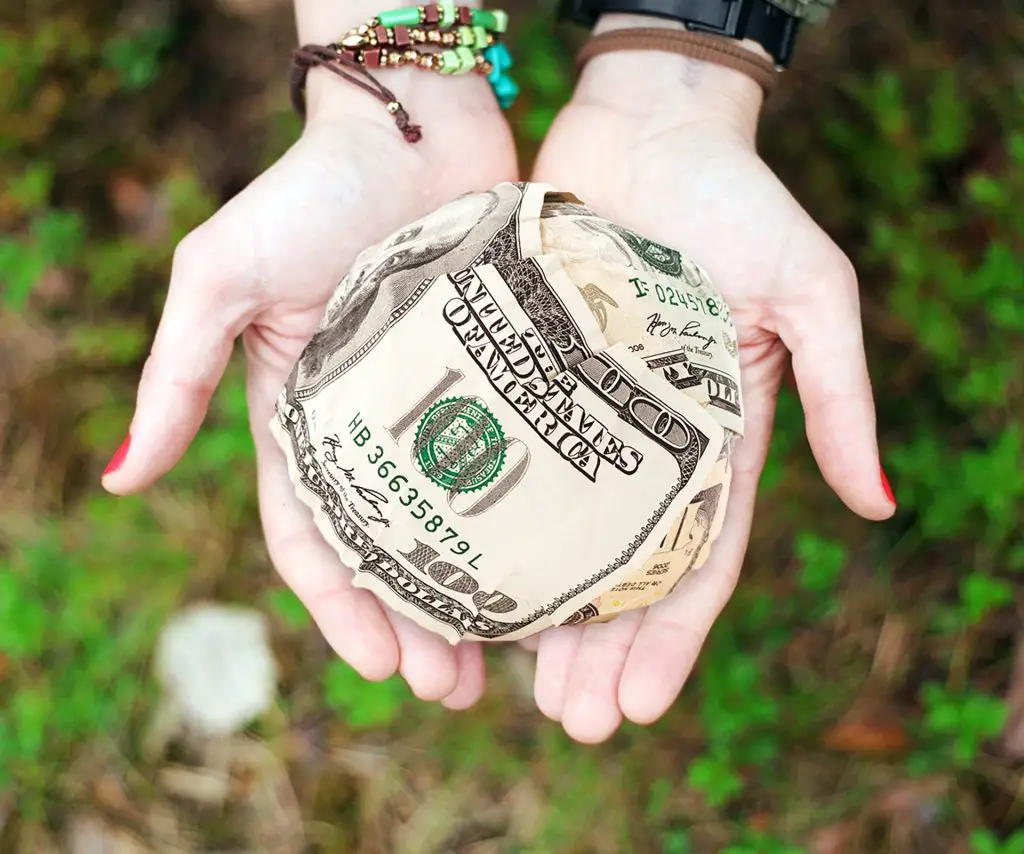The profit factor for a trader or trading system is determined by taking the gross profit of winning trades and dividing it by the gross losses from the trades that lost money for a chosen sample size. This formula considers the cost of slippage, fees, and any commissions paid. The profit factor can be defined for any period of time trading like monthly, quarterly, yearly or lifetime.
The profit factor answers the question how much can I make or did I make for every dollar risked? A profit factor can be determined for both backtests and actual trading performance.
This is a metric of trading performance that shows the specific amount of money made per dollar of risk taken. If a profit factor has a value that is more than one it shows that a discretionary trader of mechanical trading system is profitable over the period of time being measured.
Below is an example of trading performance showing a backtested trading system had a historic profit factor of 2.00 when dividing all the winning trades profits by all the losing trades losses form the signaling data of entries and exits.
The profit factor is calculated by dividing the total gross profits by the total gross losses for a sequence of trades:
Win $25,000
Lose $10,000
Win $50,000
Lose $20,000
Win $25,000
Lose $10,000
Lose $10,000
Gross profits $100,000
Gross losses $50,000
An unprofitable trading system would look like this:
Win $20,000
Lose $20,000
Win $30,000
Lose $50,000
Win $50,000
Lose $20,000
Lose $20,000
Gross profits $100,000
Gross losses $110,000
The above equation shows an unprofitable factor as the wins that create the gross profit are smaller and the gross losses are larger. When the gross losses are larger than the gross gains it creates a negative profit factor when lower than 1.0 and shows an unprofitable trading system. This is data from a losing trading system.
The bigger factors to look at for a profit factor is winning percent and size of wins versus losses. One of the most simple ways to create a positive profit factor is to have some big wins and keep your losses as small as possible.
